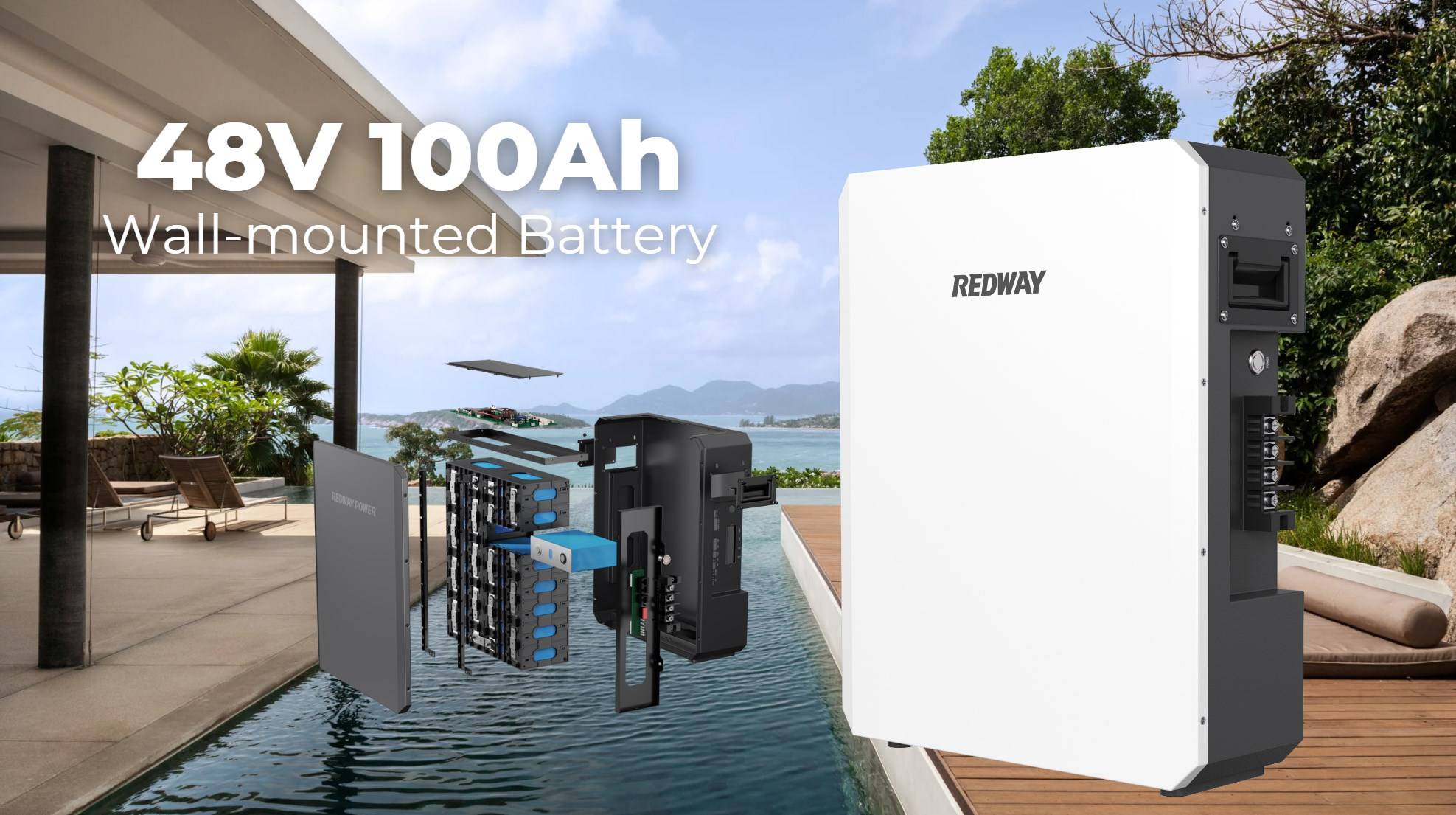In today’s rapidly evolving energy landscape, power storage walls, also known as home battery systems or energy storage solutions, are becoming increasingly crucial. As we shift towards renewable energy sources, these systems offer a versatile and efficient method for storing excess energy generated by solar panels or other renewable sources. The stored energy can then be used during peak demand times or when production is low, leading to significant energy cost savings and enhanced energy independence.
The Mechanics of Power Storage Walls
Understanding Energy Storage Technology
Power storage walls primarily function through advanced lithium-ion battery technology, although some systems may use alternatives like flow batteries or solid-state batteries. These systems are designed to store electricity efficiently, making it available when needed. The key components of these systems include:
- Battery Cells: The core of the system, where energy is stored.
- Inverter: Converts the direct current (DC) from the batteries into alternating current (AC) used by household appliances.
- Battery Management System (BMS): Monitors the state of the battery, ensuring optimal performance and longevity.
Charging and Discharging Cycles
Power storage walls operate on a simple principle: they charge during periods of low energy demand or when excess energy is produced (such as sunny days for solar-powered homes) and discharge during peak demand periods. This cycle helps in balancing energy supply and demand, reducing reliance on grid electricity, and lowering overall energy costs.
Financial Benefits of Power Storage Walls
Reduction in Energy Bills
One of the most immediate benefits of power storage walls is the reduction in energy bills. By storing energy during off-peak times and using it during peak periods, homeowners can avoid the higher charges typically associated with peak electricity usage. This practice, known as load shifting, is particularly beneficial in areas with time-of-use (TOU) pricing, where electricity costs vary throughout the day.
Protection Against Rising Energy Prices
As global energy prices continue to rise, investing in a power storage wall can offer long-term financial stability. These systems provide a buffer against fluctuating energy costs by allowing homeowners to rely less on grid electricity. Furthermore, as more regions implement renewable energy incentives, the financial benefits of installing a power storage system can be even greater.
Enhanced Return on Investment for Solar Panels
For homeowners with solar panels, a power storage wall maximizes the return on investment (ROI) by storing excess solar energy that would otherwise be sent back to the grid, often at a lower compensation rate. By using stored solar power, homeowners can reduce their dependence on the grid and increase their self-consumption of renewable energy.
Environmental Impact and Energy Efficiency
Promotion of Renewable Energy Use
Power storage walls play a crucial role in promoting the use of renewable energy. By storing excess energy generated from solar panels or wind turbines, these systems ensure that renewable energy is not wasted. This capability helps in reducing greenhouse gas emissions and lowers the overall carbon footprint of households.
Grid Stabilization and Support
In addition to benefiting individual homeowners, power storage walls contribute to the stability and efficiency of the broader electricity grid. By providing a distributed energy storage resource, these systems help manage the grid’s load, reducing the need for peaker plants—often fossil fuel-powered—that are used to meet sudden increases in electricity demand. This, in turn, reduces the overall reliance on fossil fuels and promotes a cleaner energy grid.
Energy Independence and Reliability
Backup Power During Outages
One of the standout features of power storage walls is their ability to provide backup power during outages. In regions prone to natural disasters or grid instability, these systems offer a reliable source of electricity, ensuring that essential household appliances and systems continue to operate. This energy security is invaluable, providing peace of mind and protection against unpredictable power outages.
Independence from the Grid
For those seeking greater energy independence, power storage walls are a crucial component of a self-sustaining energy system. By combining renewable energy generation with storage, homeowners can significantly reduce or even eliminate their reliance on the traditional power grid. This independence not only leads to cost savings but also reduces exposure to potential disruptions in the energy market.
Technological Advancements and Future Trends
Increasing Storage Capacity and Efficiency
The technology behind power storage walls is rapidly advancing, with ongoing improvements in battery capacity, efficiency, and lifespan. These advancements make energy storage systems more affordable and accessible to a wider range of consumers. As a result, we can expect to see an increase in adoption rates and a greater impact on overall energy consumption patterns.
Integration with Smart Home Systems
Modern power storage walls are increasingly being integrated with smart home systems, allowing for more sophisticated energy management. These integrations enable homeowners to monitor energy usage in real-time, automate energy storage and release based on demand and pricing signals, and optimize overall energy consumption. This smart technology not only enhances convenience but also maximizes cost savings and energy efficiency.
Government Incentives and Regulatory Support
As governments around the world strive to meet climate targets and promote sustainable energy use, regulatory support and incentives for installing power storage systems are becoming more common. Tax credits, rebates, and grants are available in many regions, making the initial investment in power storage walls more attractive and financially feasible for homeowners.
Conclusion: The Future of Energy with Power Storage Walls
Power storage walls are more than just a technological innovation; they represent a fundamental shift in how we consume and manage energy. By offering substantial financial benefits, environmental advantages, and enhanced energy security, these systems are poised to play a critical role in the future of residential energy use. As the technology continues to evolve and become more widely adopted, power storage walls will not only help reduce energy costs but also pave the way for a more sustainable and resilient energy infrastructure.



